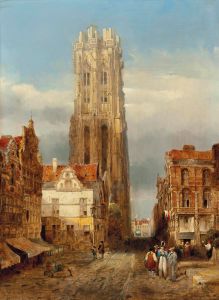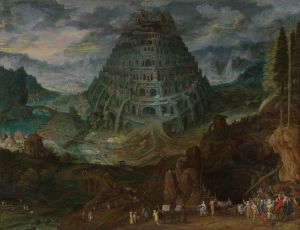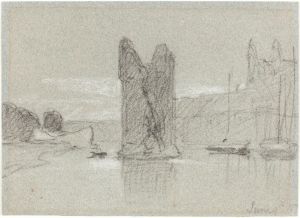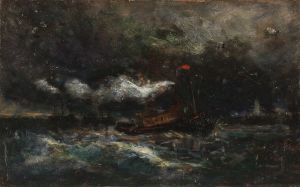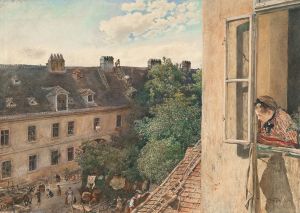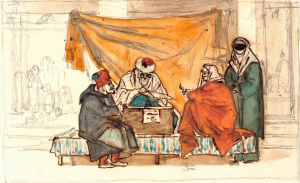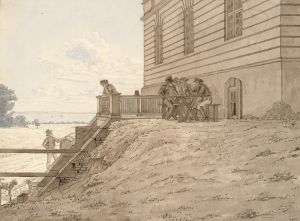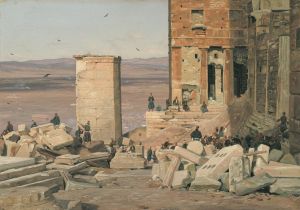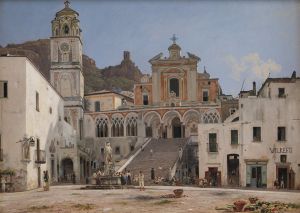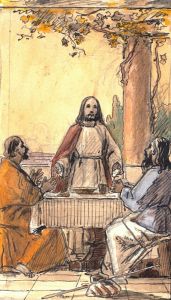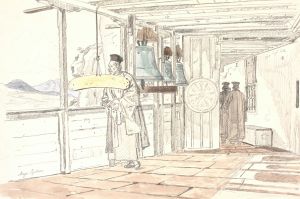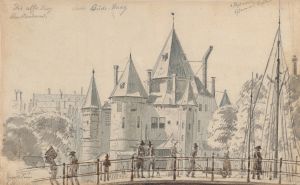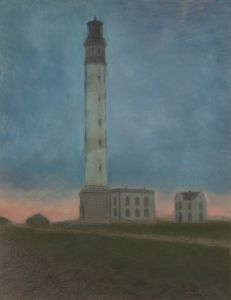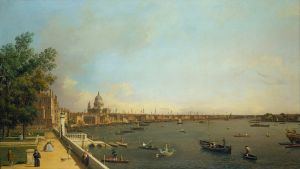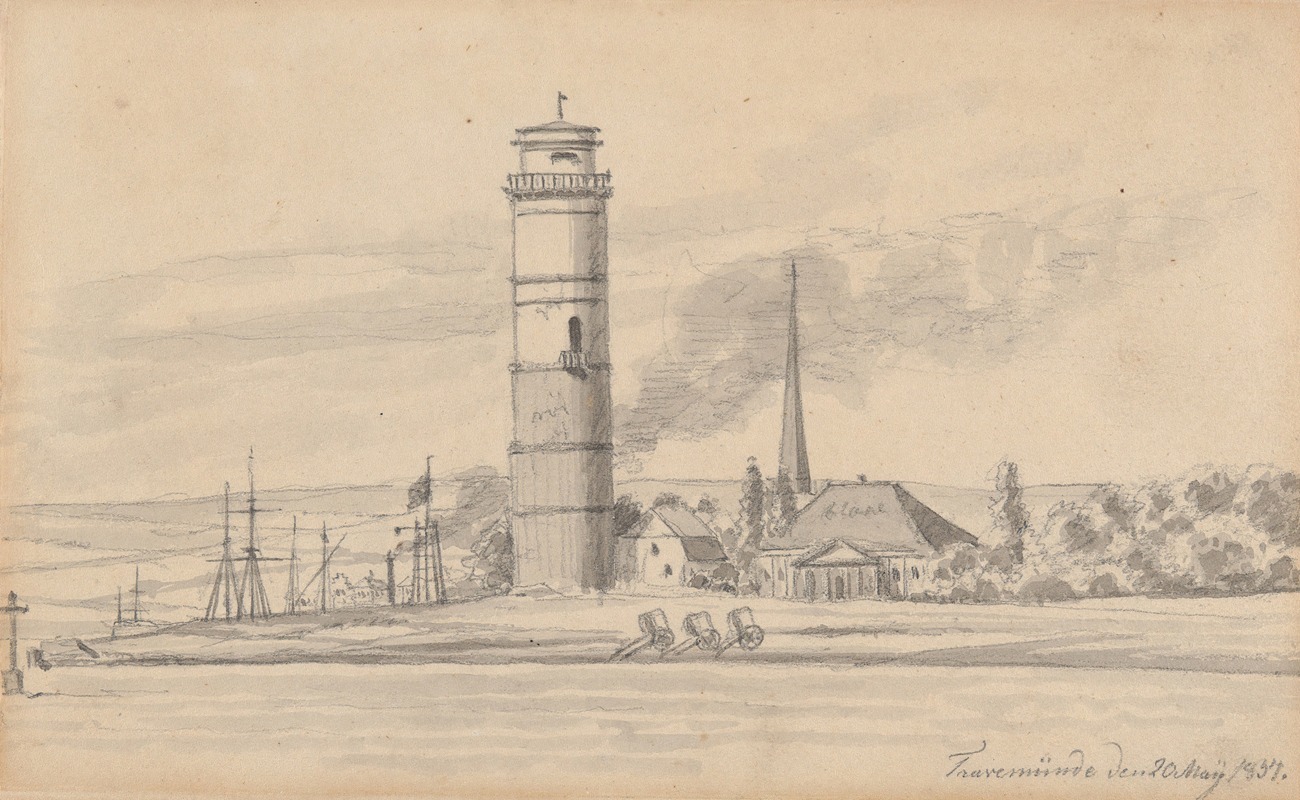
The Lighthouse of Travemünde Seen from the South
A hand-painted replica of Martinus Rørbye’s masterpiece The Lighthouse of Travemünde Seen from the South, meticulously crafted by professional artists to capture the true essence of the original. Each piece is created with museum-quality canvas and rare mineral pigments, carefully painted by experienced artists with delicate brushstrokes and rich, layered colors to perfectly recreate the texture of the original artwork. Unlike machine-printed reproductions, this hand-painted version brings the painting to life, infused with the artist’s emotions and skill in every stroke. Whether for personal collection or home decoration, it instantly elevates the artistic atmosphere of any space.
Martinus Rørbye's painting "The Lighthouse of Travemünde Seen from the South" is a notable work by the Danish artist, who was a prominent figure in the Danish Golden Age of painting. Rørbye, born in 1803, was known for his detailed and atmospheric landscapes, as well as his keen interest in capturing the essence of the places he visited during his extensive travels across Europe.
The painting depicts the lighthouse located in Travemünde, a borough of Lübeck in northern Germany. Travemünde has historically been an important port and seaside resort, and its lighthouse is one of the oldest on the Baltic Sea coast. The lighthouse, originally constructed in 1539, has been a significant navigational aid for ships entering the Trave River and heading towards the port of Lübeck. By the time Rørbye painted it, the lighthouse had undergone several modifications, reflecting the advancements in lighthouse technology and architecture.
Rørbye's work is characterized by its attention to detail and the ability to convey the atmosphere of the scene. In "The Lighthouse of Travemünde Seen from the South," he captures the serene yet dynamic environment surrounding the lighthouse. The composition likely includes elements typical of Rørbye's style, such as a careful rendering of light and shadow, and a focus on the interplay between natural and man-made structures. His use of color and light would have been intended to evoke the specific time of day and weather conditions, enhancing the viewer's sense of being present in the scene.
The painting is a testament to Rørbye's skill in landscape painting and his ability to document the places he visited with both artistic flair and topographical accuracy. His works often served as visual records of his travels, providing insights into the landscapes and architectural landmarks of 19th-century Europe. Rørbye's interest in such subjects was part of a broader trend during the Danish Golden Age, where artists sought to explore and depict the world beyond Denmark's borders, bringing back images and stories that enriched the cultural landscape of their homeland.
Martinus Rørbye's contributions to art were significant during his lifetime, and his works continue to be appreciated for their historical and artistic value. His paintings are held in various collections, including the National Gallery of Denmark, where they are studied and admired for their contribution to the understanding of 19th-century European art and culture.
"The Lighthouse of Travemünde Seen from the South" exemplifies Rørbye's ability to blend artistic skill with a documentary approach, capturing the essence of a specific location while also creating a work of art that resonates with viewers on an aesthetic level. Through his depiction of the Travemünde lighthouse, Rørbye not only highlights a significant maritime landmark but also contributes to the broader narrative of travel and exploration that characterized much of his work.





